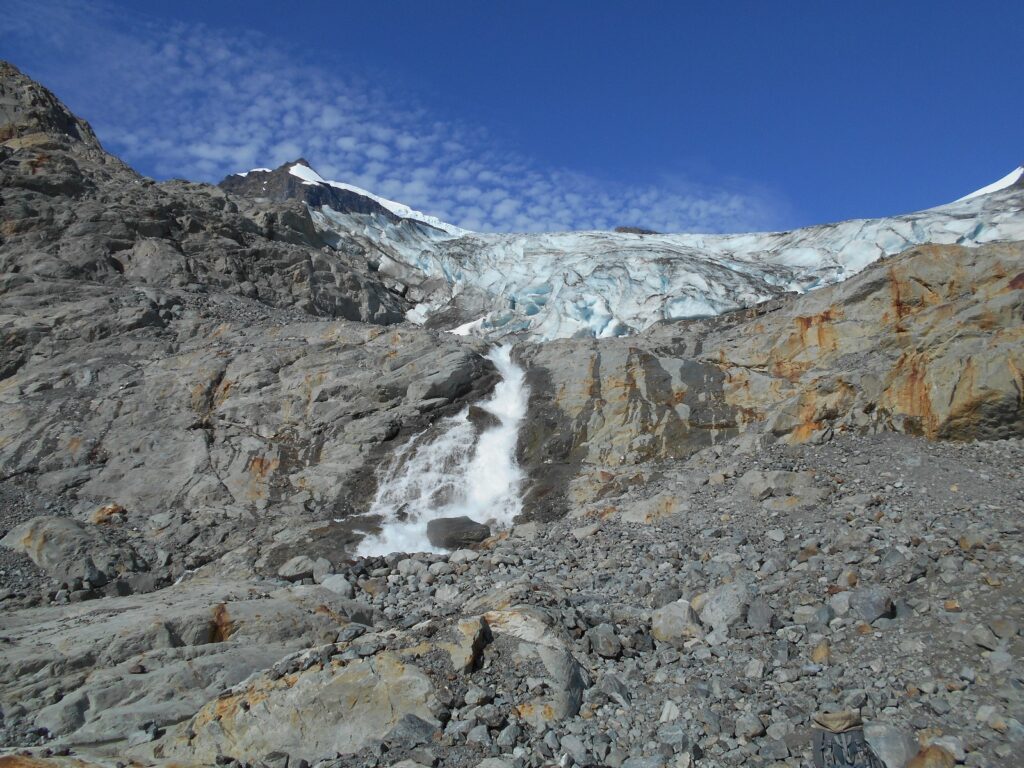📢 NEW PAPERS: Secrets of glacial-stream microbiomes unveiled in Nature
Glaciers cover 10% of Earth’s terrestrial surface, and their melt initiates flow for some of the world’s largest river networks. Despite their importance, little is known about the life that inhabits glacier-fed streams, and even less is known about how this life is set to change with ongoing glacier retreat. Three new papers in Nature, Nature Microbiology, and Nature Communications, authored by the Vanishing Glaciers Team, including our very own Tyler Kohler, have set out to change that.

In the first paper, published in Nature*, Ezzat et al. report their findings from a first-of-its-kind global census of glacier-fed stream bacteria sampled from 170 streams worldwide. They found that different mountain ranges host different bacterial communities, with much of these differences due to bacteria that were unique to both individual mountain ranges as well as individual streams. Thus, the world’s mountain ranges can be thought of as ecological islands, separated by space and limiting the ability of other bacteria to disperse within and between them.
In the second paper, published in Nature Microbiology*, Michoud et al. report on the complex life-strategies, interactions, and functions of the glacier-fed-stream microbiome. By analyzing thousands of bacteria, archaea, fungi, algae and virus genomes, their analyses reveal a broad range of adaptive strategies resident microbes have developed to survive in these harsh environments, and which enable them to draw energy from many different sources under oftentimes fluctuating environmental conditions.
In the last paper, published in Nature Communications**, Bourquin et al. report on an investigation looking at how these ecosystems are likely to change in the future. In their forecast, they found that glacier shrinkage will lead to streams with clearer and warmer water, which will encourage algal growth. This will lead to a higher concentration of organic matter, and with it a proliferation of heterotrophic bacteria. This also means that bacterial groups specifically adapted glacier-fed streams may disappear at the expense of more generalist taxa, with ramifications down the food chain and downstream.
See Tyler Kohler describe the results of these papers in an interview on Věda 24!!!
Learn more:
*phys.org: https://phys.org/news/2025-01-scientists-unique-microbiome-planet-roof.html
*My Science: https://www.myscience.org/en/news/2025/unique_microbiome_on_our_planets_roof-2025-epfl
**phys.org: https://phys.org/news/2025-03-glacier-unique-microbial-ecosystems-threat.html
**My Science: https://www.myscience.org/en/news/2025/glacier_melt_puts_unique_microbial_ecosystems_under_threat-2025-epfl